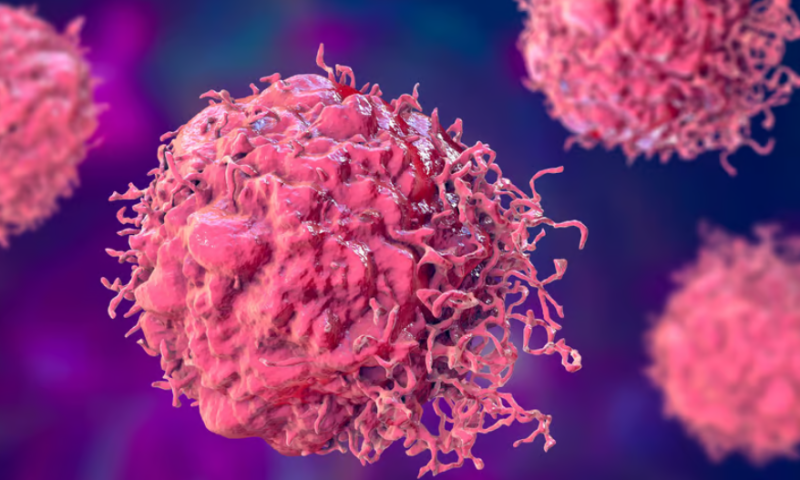Researchers have chipped away a little more at the mystery of cancer resistance, this time in the form of new findings that explain how the immune system senses DNA damage in precancerous cells.
In a study published Jan. 10 in Nature, researchers from the University of North Carolina School of Medicine reported that they had learned how an immune pathway called cGAS-STING detects DNA damage in cells and leads to necroptosis, or programmed cell death. Results from experiments involving mice with breast cancer suggest that stimulating this pathway can suppress tumor growth, lending to the idea that it may be a good target for both therapy and even prevention.
“How cancers become resistant to radiotherapy and chemotherapy is poorly understood,” study lead Gaorav Gupta, M.D., Ph.D., told Fierce Biotech Research in an email. “Our work suggests that disrupting the cell’s ability to activate innate immune responses to DNA damage may be an important cancer resistance mechanism. Strategies to reactivate these pathways should be explored and may help to overcome treatment resistance.”
The researchers’ work centers on interactions between an immune system enzyme called cyclic GMP-AMP synthase, or cGAS, and a molecule called MRE11. cGAS is known for sensing damage in DNA that’s found in the cytosol of cells, to which it reacts by stimulating the immune response. But to prevent excessive inflammation, cGAS is caged in histone molecules—the proteins around which DNA is wrapped—until it detects a threat, as another team of UNC researchers showed in 2020.
Building off those findings, Gupta and his team wondered if MRE11, best known for detecting broken bits of DNA, might be involved in the process of unlocking cGAS from the histones so it can activate the immune response. That was indeed the case, their analysis showed—when MRE11 spies broken DNA, it releases cGAS, allowing it to “fully activate in the presence of broken DNA fragments,” Gupta explained.
“This is a very elegant solution for DNA sensing that both protects against spurious inflammatory activation, but also triggers activation in the presence of DNA damage,” he said.
In mouse models of breast cancer, stimulating the interaction between MRE11 and cGAS suppressed tumor growth, specifically by activating the cGAS-STING pathway and resulting necroptosis, Gupta’s team showed. This suggests two things: First, that cancer cells develop resistance to DNA-damaging treatments, like radiation, by somehow turning this pathway off; and second, that reinstating it might be enough to prompt the immune system to remove cancerous cells.
The latter point will be assessed in a forthcoming clinical trial involving HER2-negative breast cancer patients who will take Merck & Co.’s PD1 inhibitor Keytruda, either with or without radiation. As part of the trial, Gupta’s team will look at whether the cGAS-STING necroptosis pathway is activated in response to these therapies.
Intriguingly, the recent findings also hint at the possibility of actually preventing breast cancer altogether, though this wasn’t tested in the study. Theoretically, immune checkpoint blockers like PD1 inhibitors could stimulate necroptosis and suppress cancer development, Gupta noted.
“We plan to explore these possibilities in our preclinical breast cancer models, but it’s too early to know whether this strategy may lead to future clinical trials in individuals known to be at high-risk for developing breast cancer,” he said.
Meanwhile, there are some challenges that stand in the way of translating these findings to new treatments. One includes better tools to measure necroptosis in cancer samples, while another is an issue that many labs know well: funding.
“We are currently applying for new grants that will support our ability to investigate how DNA damage induced necroptosis can be augmented to promote breast cancer treatment and prevention,” Gupta said.

